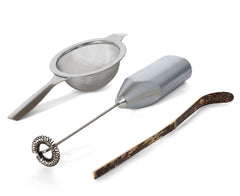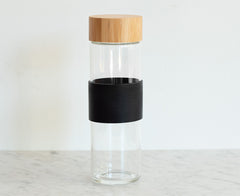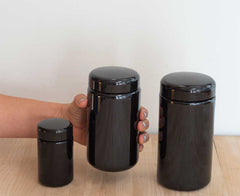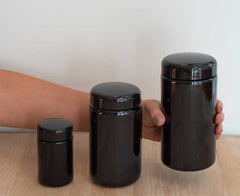Elemental characterization of Japanese green tea leaves and tea infusion residue by neutron-induced prompt and delayed gamma-ray analysis
Author: M.A. Islam and M. Ebihara
The determination of mineral compositions of Japanese green tea leaves was carried out using a combination of PGA (neutron-induced prompt gamma-ray analysis) and INAA (instrumental neutron activation analysis). Due to the nondestructive, multi-element analytical capability and minimal sample preparation, these techniques can easily be used to determine a wide range of elemental contents (from 7.4% of H to 7.1 ng/g of Sc) in tea leaves. The extraction efficiencies of the elements in tea infusion were evaluated by comparing average elemental concentrations of the tea leaves before and after infusion, which show that Cl (93%), Br (80%), K (71%), Rb (66%), Cs (60%), Na (59%) and Co (51%) are highly extracted, whereas Fe (9%), La (7%) and Mn (5%) are poorly extracted by a 6 min hot water infusion process. Although K has a high content in green tea leaves with high extraction efficiency, as much as seven cups (250 mL each cup) of green tea infusion need to be consumed to get a source of 10% daily value of this mineral.



